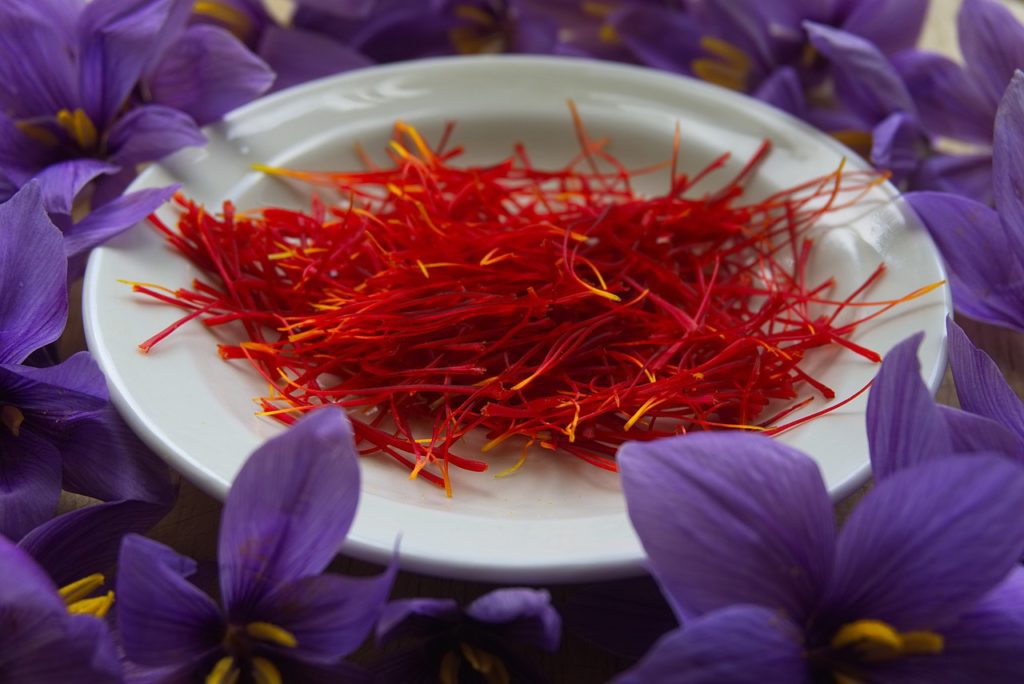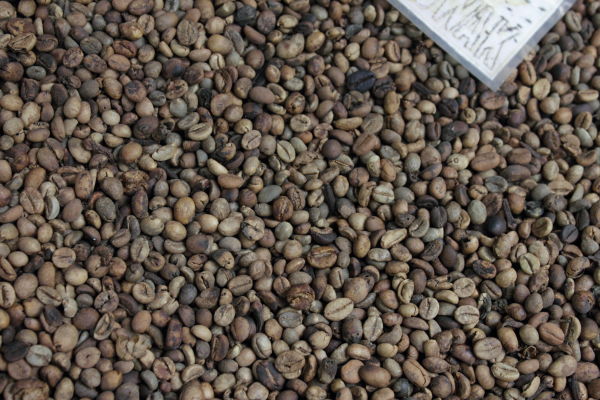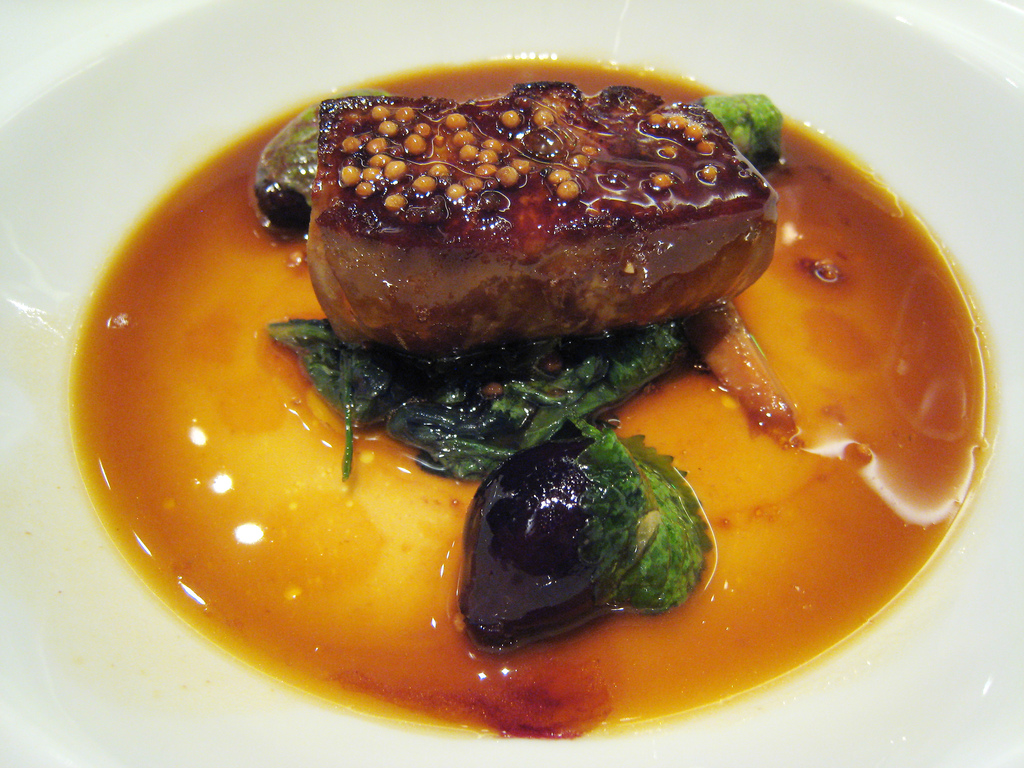10 of The World’s Most Expensive Foods
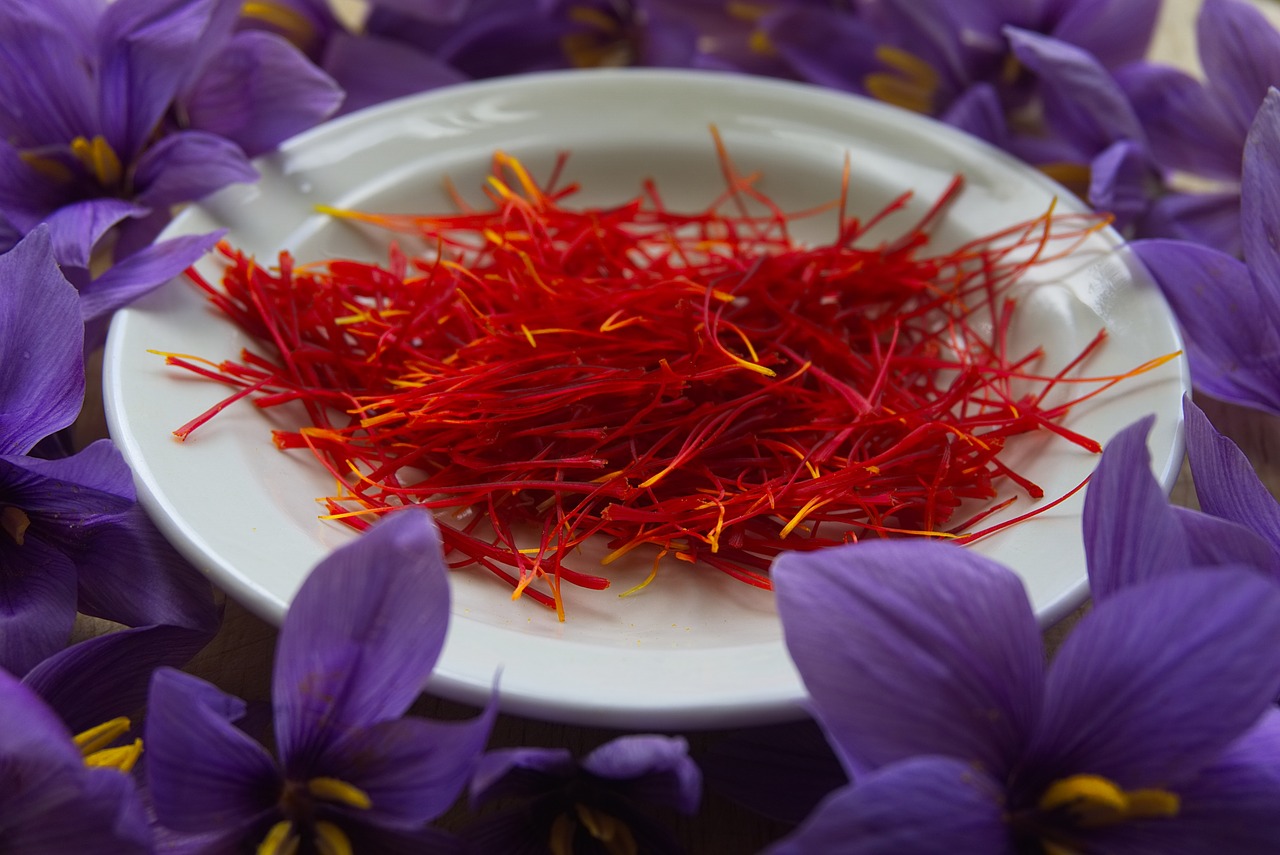
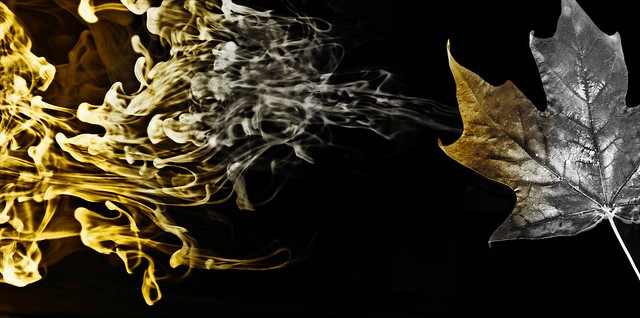
It isn’t hard to spot the dead hand of corporate PR on the menu of a certain type of restaurant.
Ya know.
The world’s most expensive cocktail, with a diamond in the bottom and some gold on top. Or the world’s most expensive pizza, with some disgusting combination of white truffle, imported posh cheese and, yes, more gold. Or the world’s most expensive burger, perhaps with “wagyu” beef and, yes, more truffle and gold.
Gold is, of course, technically the world’s single most expensive food – like the pearls which Cleopatra famously dissolved in vinegar and drank, it’s 100% edible, and costs over $20,000 per kilo. Here are a few real, genuine food stuffs that might be worth busting the budget for – and a couple that won’t break the bank.
Herewith ten of the world’s most expensive foods.
Saffron
In medieval times, spices were so highly prized for their medicinal and culinary uses that some were worth more than their weight in gold (even humble cloves were worth more than silver). And the finest Iranian saffron can still sell for thousands of dollars a kilo.
The delicate, dark red filaments of a type of crocus, lovingly dried, saffron has been cultivated for over three thousand years, and it takes very little to impart the delicate strawy scent and bright gold colour to dishes such as paella.
That cheap powder you’ve been offered at the spice market? Most likely it contains heaping quantities of turmeric, or, if you’re lucky, ground-up marigold petals.
Bluefin Otoro Sashimi
Wild-caught bluefin tuna, some as large as a car, can sell for hundreds of thousands of dollars at Tokyo’s Tsukiji fish market, but are also critically endangered.
Fear not! Farmed variants are now available. And, while most farmed animals taste distinctly inferior to the wild variety, connoisseurs of otoro sashimi – the pale, marbled, fatty belly slices that are the most prized parts of the tuna (maguro) – have even more fat than the wild type.
Expect to pay at least $25 for a thin sliver, where you can find it — it’s mystifyingly served here with caviar.
Kobe Beef
Have you just paid through the nose for a pretentious restaurant dish including “wagyu beef”? Then you’ve most likely been stung, for the world’s most expensive beef is not “wagyu”, a term that can apply to any of three breeds of cattle, raised anyhow and anywhere, but “Kobe” beef.
What makes Kobe beef so great? It’s the marbling and the flavour. Kobe beef must be pure-bred Tajima-gyu catttle, a bull or virgin cow, raised on local grasses and water in Hyogo prefecture, Japan, processed in a Hyogo slaughterhouse, and government graded.
There are only 3000 heads of Kobe cattle in the world, and wherever beef is sold, be it in a restaurant or online, it must carry the identification number of the critter it came from.
Looking for it outside Japan? The Old Homestead in New York charges a cool $350 for a 12-ounce steak.
Alba White Truffles
Black truffles from Périgord in France may be known as ‘black diamonds’, but the white truffles harvested in Alba, in Italy, can sell for as much 7000 euros per kilo, making them probably the world’s most expensive foodstuff that isn’t a precious metal.
The smell is most charitably described as “sulphurous” – yes! They stink! And, yes! They’re ugly too – but the flavour, particularly served with scrambled eggs, is divine.
Coffin Bay King Oysters
During the nineteenth century, oysters were poor people’s food – Dickens’ urchins starved on them, while Gold Rush miners stuffed their faces with the Pacific Olympias so prized today.
Oysters are a delicacy from Japan to Blighty, and, as with cheese, every nation has its own most prized varieties. But the most expensive oysters in the world? As far as I can tell, they come from Coffin Bay, Australia, and retail for a wallet-busting $100 EACH, exclusive to the Port Lincoln Hotel.
Why? Well, they’re ENORMOUS: 18cm long and weighing up to 1kg. Which, if you ask me, is just that little bit too large for an oyster, which should never be more than a mouthful.
Wild-“Harvested” Kopi Luwak
Whether you call it civet coffee, monkey poop coffee, or, more correctly, kopi luwak, this has to be one of the weirder expensive foods on the planet. The palm civet, you see, frequents coffee plantations, where it dines, rather pickily, on only the best and ripest coffee cherries, before excreting the mellowed beans in a form visually not dissimilar to peanut brittle.
After harvesting and careful processing, the coffee has a strong, rich flavour which connoisseurs prize. Farmed kopi luwak is cheaper but less good than the real deal – and extremely cruel to the poor civets that produce it. While the children who collect the droppings from coffee farms in Java, Sumatra and Bali are paid only a few cents, the finished product can sell for as much as $3000 per kilo, making it the world’s most expensive coffee. (See this guide to coffee beans for more.)
Bird’s Nest
The most expensive animal product on the market today? Not lark’s tongues (among other peculiar delicacies loved by Ancient Roman gourmands), but swiftlet saliva.
Yes, saliva.
For the bird’s nests from which the Chinese dish bird’s nest soup is made are composed primarily of saliva. The nests come in three colours: red, yellow and white, with red the most prized. While nests can be farmed, the best are wild-harvested from caves in cliffs across South-East Asia, and can retail for thousands of dollars per kilo.
As often in Chinese food, however, the emphasis is not so much on the taste but the texture and the presumed health benefits: bird’s nests bring long life, apparently. Though not, obviously, to the poor little swiftlets.
Almas Caviar
No expensive restaurant dish would be complete without a gratuitous heaping of caviar. Caviar is, of course, the eggs of the virgin sturgeon, making it small surprise that the wild sturgeon is critically endangered.
The beluga sturgeon is prized for its large eggs, which grow lighter in colour the older the fish is – the single rarest type is called Almas (from the Persian word for “diamond”), comes from very old sturgeons, and can retail for tens of thousands of dollars the kilo when available.
Until sustainable Almas caviar becomes available, a better choice is farmed beluga, which is painstakingly processed with less salt than other, lesser caviars, and best enjoyed in the pristinely simple company of buttered toast.
Brown-Lipped Abalone
Once a gift for Korean emperors, and one of the eight treasures of Chinese dried seafood, the type of sea snail known as abalone is the world’s most expensive shellfish, and not just for its dazzling iridescent interior. In fact, the various species are so prized in Asia that wild populations are now critically endangered.
Farmed abalone, on the other hand, is rated a sustainable choice by Seafood Watch: opt for brown-lipped abalone, if you can, which makes a sweet and tender sushi. When cooked, it has the sweetness of the best scallops with a fatty richness that’s all its own.
Foie Gras
One luxurious food that most of us can afford, unless you happen to be in a region that bars it for cruelty, foie gras is the offal that doesn’t taste like offal, an unbearably, meltingly soft, smooth and buttery duck or goose liver produced by, umm, force-feeding the poor critter.
Vacuum cooking has transformed the service of foie gras, often best shown to perfection when it’s lightly caramelised on the outside and melting on the inside. The classic pairing is with a glass of Sauternes wine.
And if you have got any spare pennies and you haven’t tried foie, this is the one to go for. It’s not quite the world’s most expensive food, but it sure as hell should be.
Travelling to find the most expensive foods and don’t want to leave your pet at home? Learn more here.
Photo credits: Blue Moon in Her Eyes, Charles Haynes, Vibrant Spirit, Rick and A K Zielinski.
